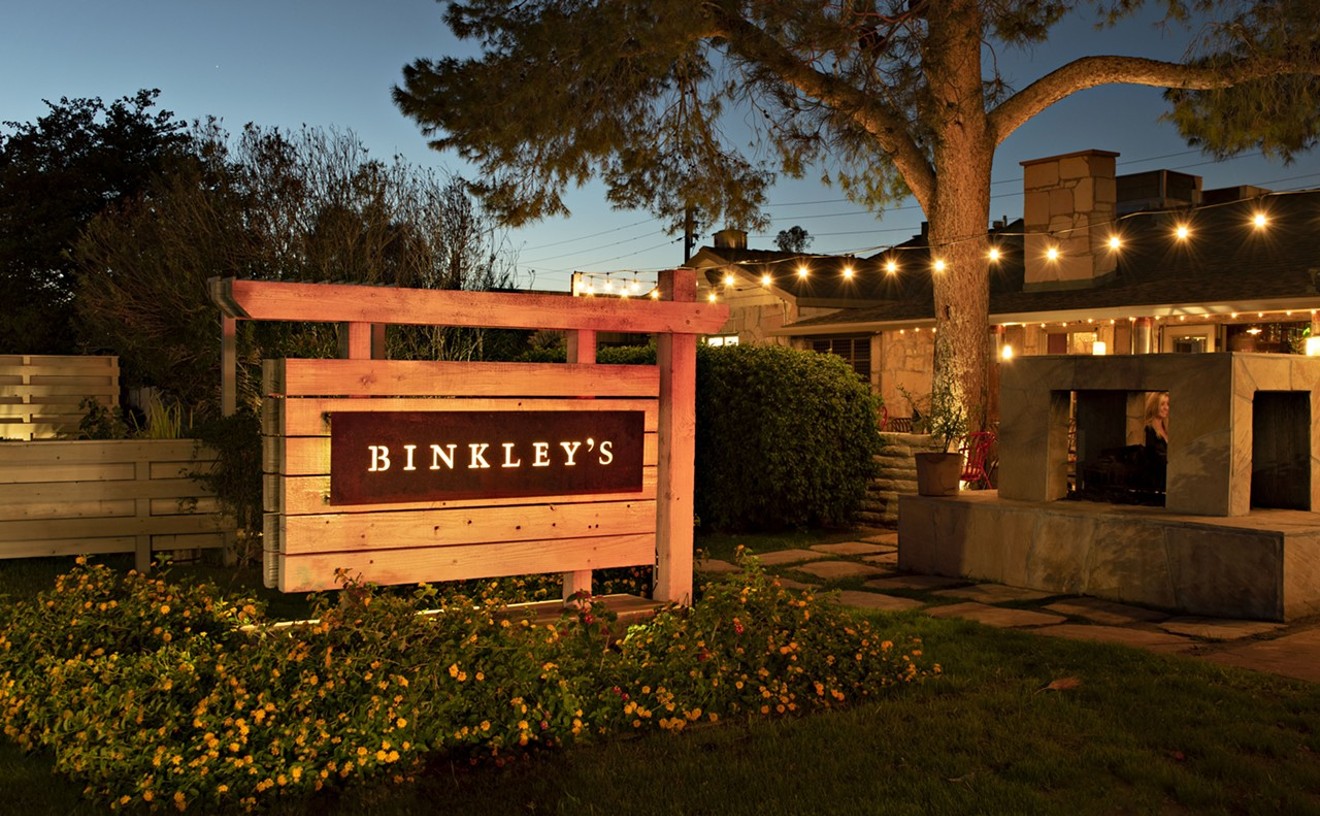We tend to think that the basis of tipping is economic. Diners know that servers make low hourly wages and rely on tips to earn a living. We don't like the way it's done in Europe, where the tip is generally included in the bill. We believe that the tip should reflect the level of service--and that the prospect of a good tip is the best possible incentive to provide the best service.
But now it appears that tipping may not be rooted in economics at all. According to a recent article in the New York Times, researchers who study tip behavior believe that our desire for social approval is the key variable in the exchange.
Americans are often uncomfortable with the master-servant element of tipping. And smart servers can turn our social unease to their advantage. Studies have shown that when waitresses touch customers on the arm when asking if the meal was all right, they increase their tips by 3 percent. Although they make sophisticated diners cringe, introductions--"Hello, I'm Kevin, and I'll be your waiter tonight"--also bring in more green. So does crouching by the table when taking the order. Interestingly, if a waitress puts a smiley face on the bill, her tips increase. If a waiter does it, however, his tips go down.
A professor of consumer behavior, who has studied tipping for two decades, has calculated that no more than two percent of our tip is based on the actual quality of the service. The other 98 percent is based on the diner's urge to please himself, his tablemates or the server. In short, tipping says at least as much about the customer as it does about the level of service.
There's another important component. It's a documented fact that tips decrease with the size of the party. Why? Researchers point to the theory called "diffusion of responsibility"--the more diners in a group, the more likely each individual will think that somebody else will pick up the slack. That's why many restaurants add a mandatory service charge for groups of six or more.
One consumer marketing group has figured that single diners leave an average tip of 19.7 percent. For duos, the number drops to 16.9 percent; for three diners, the number is 15.2 percent; four, 14.9 percent; and five, 13.2 percent. No wonder servers hide when they see a large group coming.
Sure, there are diners who have the strength of character to leave negligible tips when they receive bad service. But I've also noticed that these tightwads rarely show any generosity when it comes to rewarding good service. Barring truly inept or malevolent service, diners should leave at least 15 percent--and a few bucks more if the waitress gently pats their arm.
--Howard Seftel
Suggestions? Write me at [email protected] or New Times, P.O. Box 2510, Phoenix,










